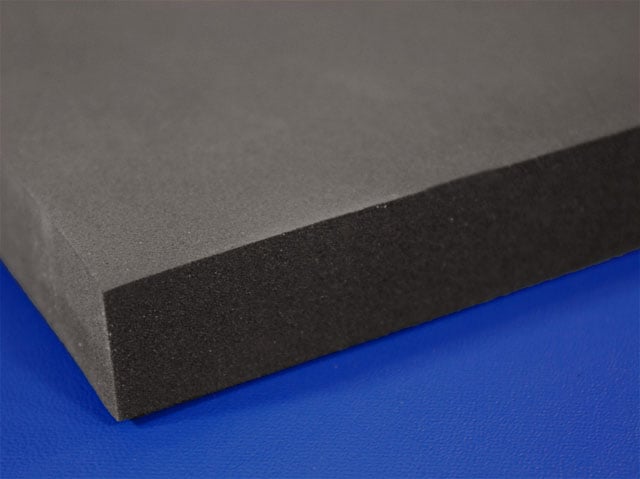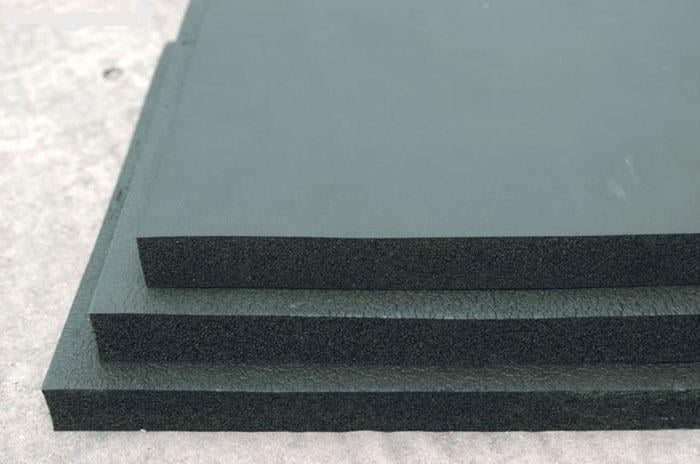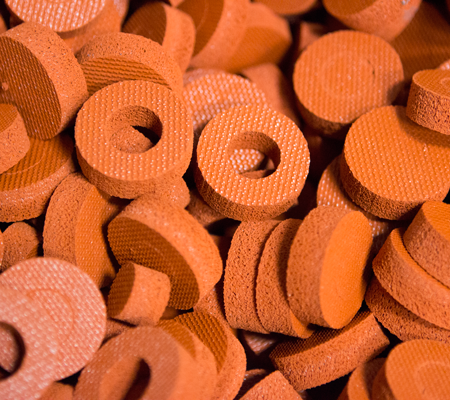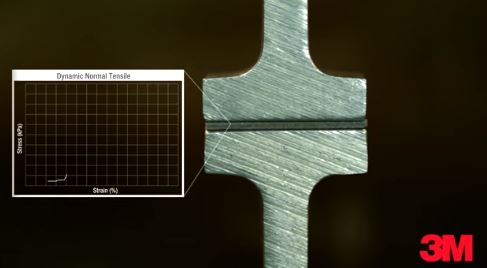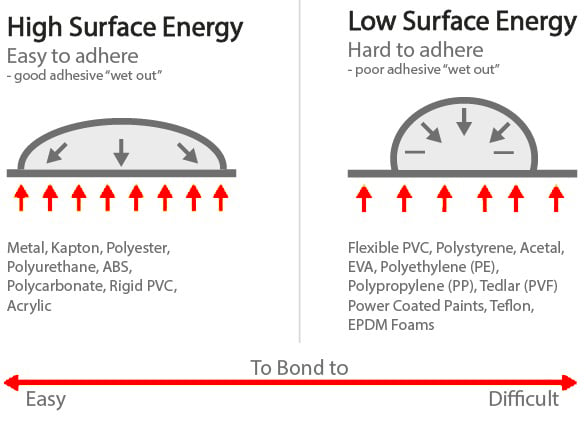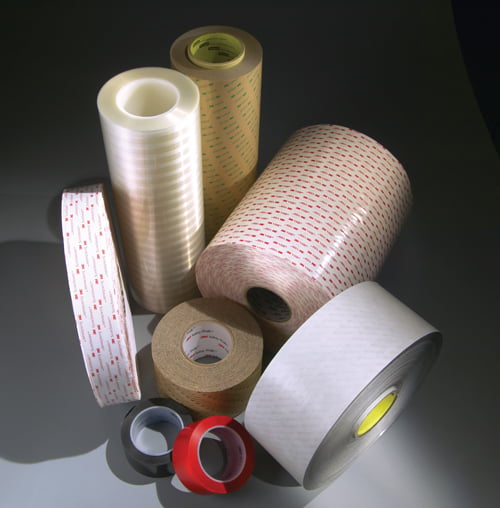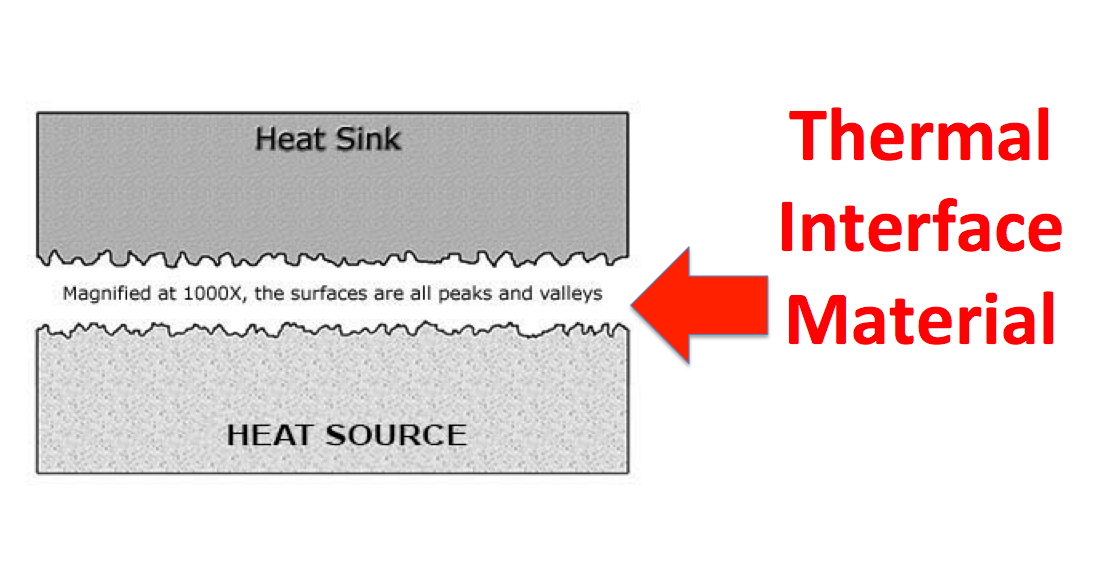As we explore different categories of foams that are used for Low Clamping Force Seals in this blog series, we move to Closed Cell Neoprene and Sponge Blends. As stated in the previous post, closed-cell sponge and foam materials do not allow air and moisture to pass through, making them good materials for general sealing and gasketing applications. Keep reading for additional features and benefits of these materials.
Katie Sullivan
Recent Posts
What is Closed Cell EPDM Sponge?
Closed Cell EPDM Sponge is the third material we will explore in our blog series: Foams for Low Clamping Force Seals. EPDM stands for Ethylene Propylene Diene Monomer. "Closed Cell" describes the material at a microscopic level. The material is made with tiny bubbles that are inflated with gas, resulting in a closed cell structure that will not allowing moisture to pass through. This is what makes this material excellent for sealing and gasketing. EPDM is commonly used in the automotive and construction industries for various seals and gaskets due to its excellent environmental factors such as UV, Ozone and weathering. When comparing EPDM to Silicone, EPDM falls short when it comes to temperature resistance.
Features and Benefits of Closed Cell EPDM Sponge
- Non-crystalline material. Contains no plasticizers that can migrate and lead to premature membrane failure.
- Can be formulated in a variety of combinations with other polymer modifiers.
- Performs well in the -40°F to 175°F temperature range.
- Excellent moisture resistance, does not absorb fluids easily
- Used in many applications that require water, UV, ozone, or indirect sunlight resistance (superior to neoprene in this regard)
- Does not meet UL flame rating without additives and will not withstand oil and fuels.
Topics: Foams, Foams for Low Clamping Force Seals
We are continuing with our blog series: Foams for Low Clamping Force Seals. This week we will review the features and benefits of Microcellular Urethane Foam. Along with the many benefits this foam offers for low clamping force seals, it die-cuts cleanly and adheres to a broad range of pressure sensitive adhesives.
Topics: Foams, Foams for Low Clamping Force Seals
Adding a gasket to seal a device, whether it is keeping out dust, air, water, or something else, seems like it would be an easy part of the design. However, there are many material options available for most gasket applications. Choosing the best material may require some research. This is why we are starting a blog series outlining the features and benefits associated with the various foams that fit into this large subset of gasket material options: Foams for Low Clamping Force Seals
We are starting this series with SILICONE FOAM.
Topics: Foams, Foams for Low Clamping Force Seals
Rogers PORON® Microcelluar Urethanes are tried and true materials for gaskets and seals. With excellent compression set resistance, this line of foam materials is easy to convert. They die-cuts cleanly and securely adhere to a broad range of pressure-sensitive adhesives.
UL-94 V-0 Flammability Rating
Product designs of the future are required to meet increasingly rigorous specifications with safety in mind. One of these requirements is often a UL-94 V-0 flammability rating. UL 94 is a plastics flammability standard released by Underwriters Laboratories (UL) The standard classifies plastics according to how they burn in various orientations and material thicknesses. The UL V-0 classification means that burning stops within 10 seconds on a verticle part allowing for drops of plastic that are not inflames.
Why is this important? More and more products across every industry include high-performing electronics. These electronic components generate heat. It is important that materials that are designed into these products meet specific material standards, such as UL94 V-0. In particular, the HEV market requires advanced sealing performance while meeting very rigorous specifications for passenger safety. Visit our webpage that describes the solutions we provide for Electronic Vehichles.
Rogers has recently released PORON® 4701-V0-M, which is specifically formulated to meet all requirements under UL94 for both V-0 and HBF flammability ratings.
Topics: Foams
When selecting a pressure sensitive adhesive for your die-cut tape, there are many characteristics to consider. Tapes have varying degrees and even different varieties of peel strength. Peel strength, tensile strength, and shear strength of a tape are each measured utilizing specific tests, as shown in the video demonstrations below.
When choosing a PSA for your application, you will want to consider the different types of adhesion strength and determine which are the most important to your application’s proper function.
Topics: Pressure Sensitive Adhesive, Peel Strength
Over the years, the use of pressure sensitive adhesive tape has grown rapidly in manufacturing and practically all other industries. This means a growing number of design engineers are learning about and sourcing pressure sensitive adhesives for their application. Adhesive selection is an involved process is to determine the surface energy of the two substrates that are being bonded.
WHAT IS SURFACE ENERGY?
Are you designing a product or working on an application that requires a double-sided tape or transfer adhesive? There are infinite amounts of tape materials available with different adhesive types, carrier types, and constructions. We understand that it can be overwhelming to look through numerous catalogs of pressure-sensitive adhesive products to determine which one will work best in your application. Therefore, we have come up with a checklist of only 4 questions that will help you narrow down the most important factors in your decision. Some factors to start with when selecting a PSA material include:
- Required function of the PSA (i.e.: bonding, sealing, skin contact)
- Substrate surface energy (is the bonding surface high surface energy, low surface energy?)
- What type of stress will be exerted on the PSA? (shear stress, pluck stress?)
- What other conditions will the PSA be exposed to? (high/low temperatures, solvent & liquid exposure, visual appearance)
Topics: Pressure Sensitive Adhesive
When you first hear the term “thermal interface material” it sounds like the latest fabric invented by Patagonia for their new line of long-underwear. Little may you know, these materials are critical components found in the many electronics, lighting, and battery operated devices you use everyday.
Why Are Thermal Interface Materials (TIMs) Needed?
Topics: Thermal Management

